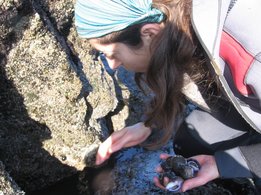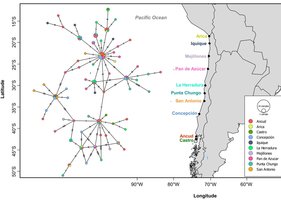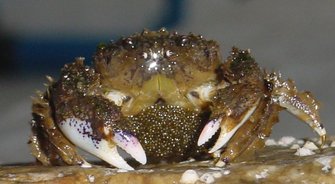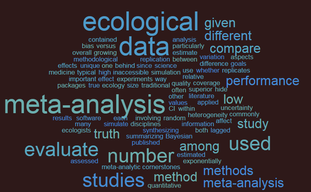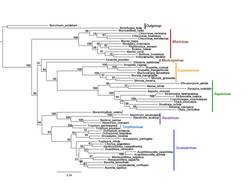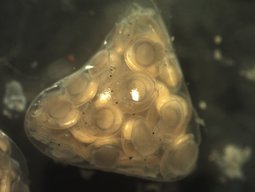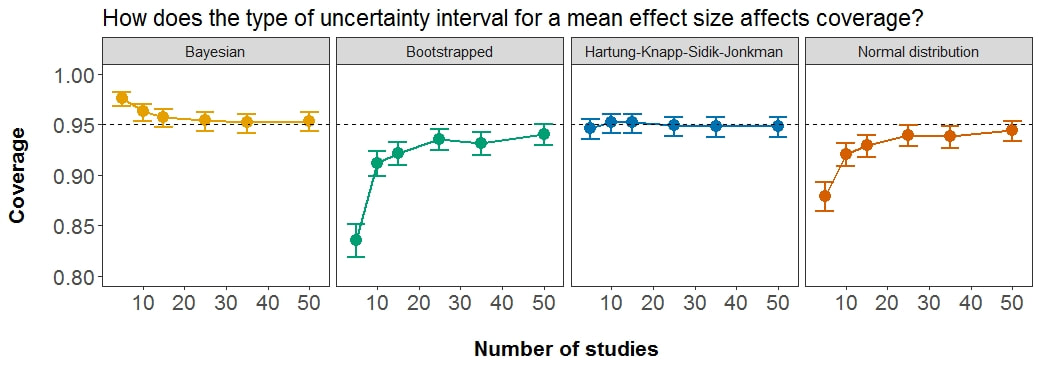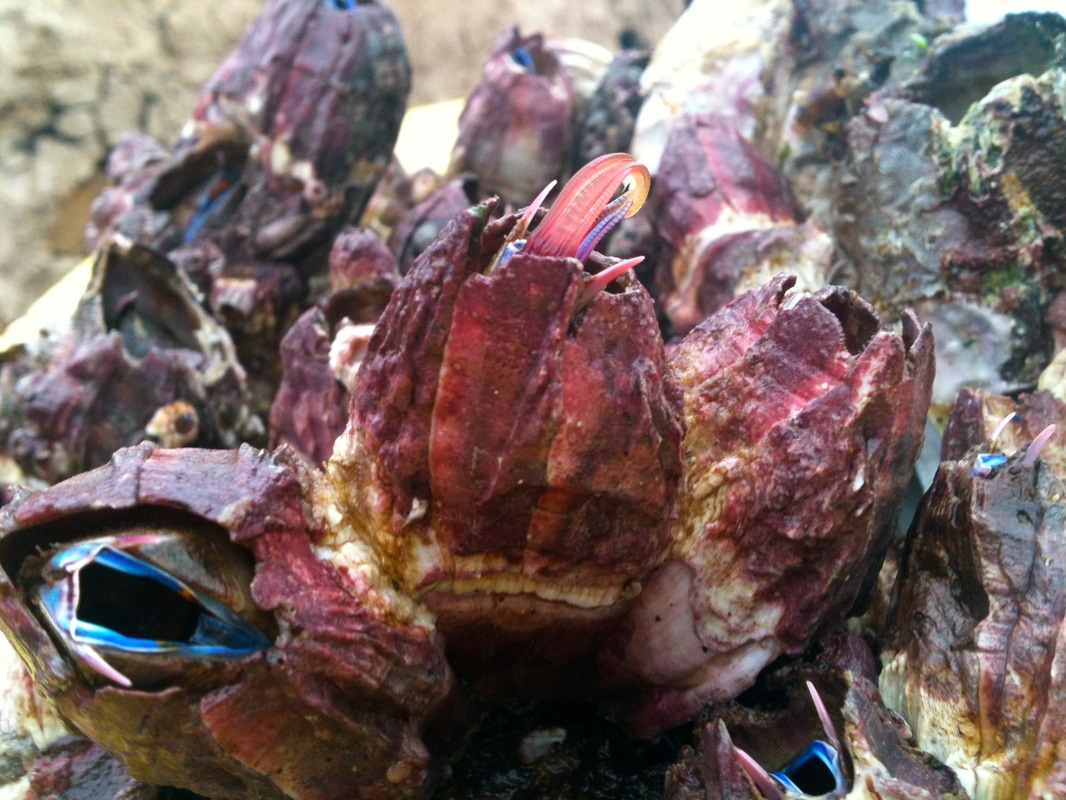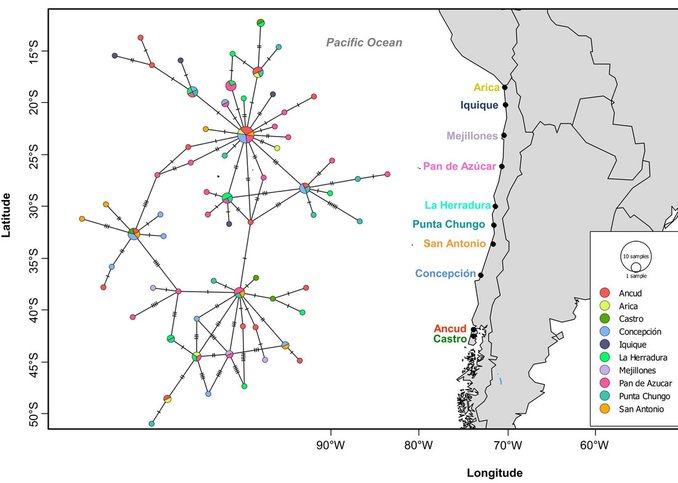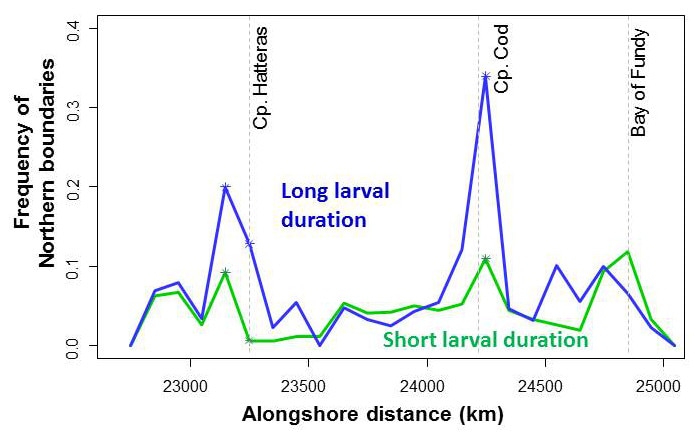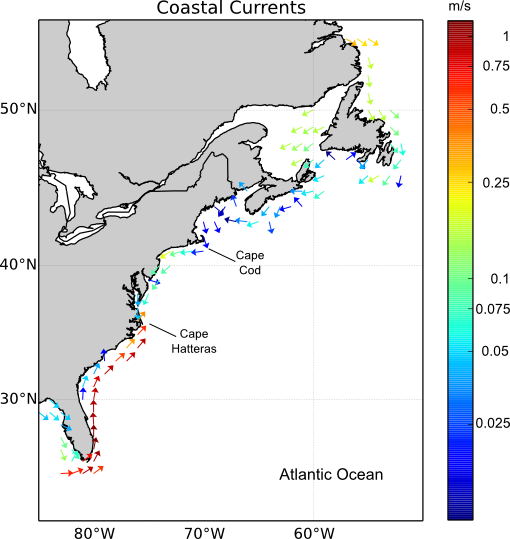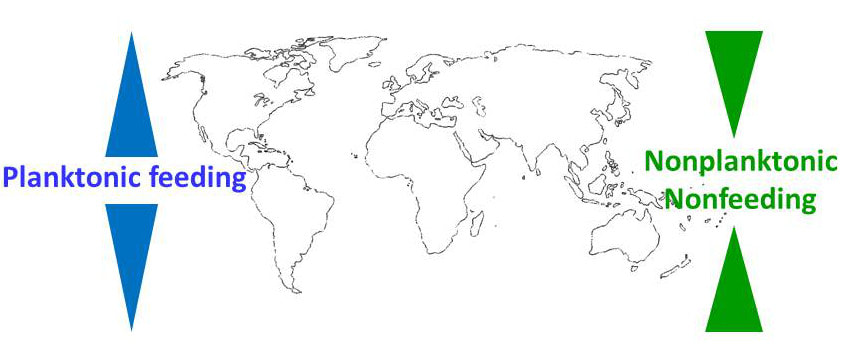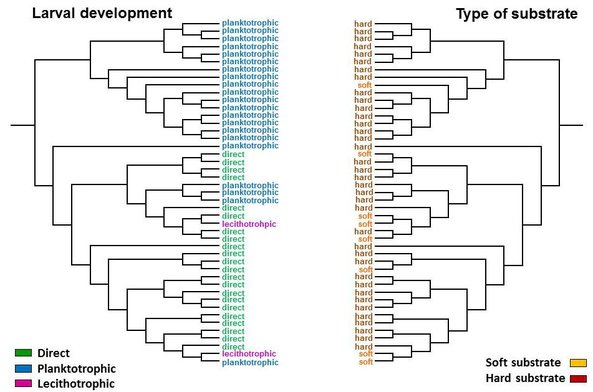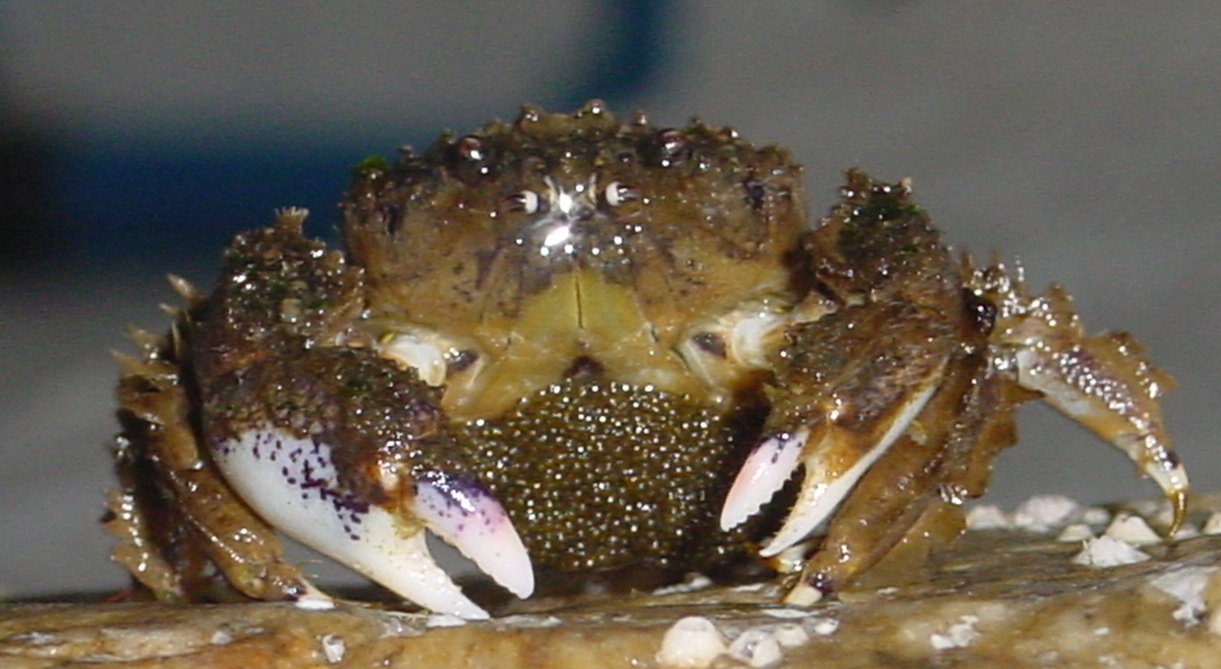StreamCode: analyzing zooplankton biodiversity in the Gulf Stream using barcoding and metabarcoding
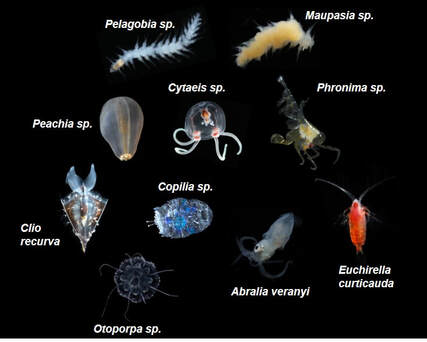
Most of the astonishing diversity of marine life is hidden in plain sight; tiny, abundant, and often transparent organisms that drift in the ocean as plankton. These organisms have different and important roles in the ecosystem. However, studying them by using their morphological features is time consuming and requires high levels of taxonomic expertise. What if plankton diversity could be described in detail using genetic information?
The StreamCode project gathered a team of taxonomic experts and data scientists to collect plankton samples from the Gulf Stream (off the coast of Florida), identify organisms using morphological characteristics, and generate a regional database of genetic sequences (the StreamCode sequence database). By applying methods that use genetic sequencing to identify organisms to a portion of our plankton samples and comparing it to StreamCode sequence database, we detected more organisms that are understudied, and underrepresented in public databases of genetic sequences. We also noticed important differences when using different genetic markers and different bioinformatic approaches for taxonomic assignment. You can read more about the results of our project and the role of taxonomic expertise to improve taxonomic methods.
Choosing the best method to do meta-analysis in ecology
A meta-analysis allows us to combine information from different publications to answer a specific question, such as: do herbivores reduce grass cover or does oxygen limitation affect survival inside egg masses?.
The type of confidence interval we choose to measure uncertainty around a mean effect effect size is not trivial. When the number of studies is low (a common scenario in ecological meta-analyses), the type of uncertainty interval plays a key role to ensure the interval includes the "true" effect size 95% of the time. You can read more about how frequentist and Bayesian methods perform for ecological meta-analyses here, or check the companion blog (https://methodsblog.com/2020/08/04/beware-of-default-options/).
The type of confidence interval we choose to measure uncertainty around a mean effect effect size is not trivial. When the number of studies is low (a common scenario in ecological meta-analyses), the type of uncertainty interval plays a key role to ensure the interval includes the "true" effect size 95% of the time. You can read more about how frequentist and Bayesian methods perform for ecological meta-analyses here, or check the companion blog (https://methodsblog.com/2020/08/04/beware-of-default-options/).
|
Photo credit: Pilar Haye, one of the collaborators in this project
|
Genetic structure of a giant barnacle along the Chilean coastAustromegabalanus psittacus (also known as “picoroco”) is one of the few barnacles eaten by humans. Its broad distribution along the coast in the southern tip of South America suggests potential for natural variation and genetic diversity. I explored the genetic diversity of the picoroco along the Chilean coast and found that as expected for species with planktonic feeding larvae, there was high connectivity between populations. However, there were also signs of genetic structure across a recognized biogeographic break.
You can read more of this project here.
|
Boundaries in the ocean depend on larval duration
Many marine organisms such as barnacles or mussels live attached to their substrate as adults, but have a planktonic larval stage that can drift or swim in the water. These planktonic larvae are affected by currents, and can sometimes be swept away from favorable habitat. By combining information of larval development and species distribution for marine invertebrates in the north Western Atlantic coast I found that oceanographic transitions can be a stronger barrier to dispersal in species that have long larval duration.
If you want to read more about this project, check our paper in Ecography or the blog about the paper: http://www.ecography.org/blog/boundaries-ocean-and-cons-having-long-larval-life
If you want to read more about this project, check our paper in Ecography or the blog about the paper: http://www.ecography.org/blog/boundaries-ocean-and-cons-having-long-larval-life
The increase in the number of species towards the tropics is a recognized pattern in most terrestrial environments. Paradoxically, many marine invertebrate taxa show the opposite trend. By analyzing crustaceans and mollusks along the coasts of the southern tip of South America, I found that these contrasting patterns in species richness can be explained by the type of larval development, species with a planktonic feeding larva tend to be more abundant in the tropics, while species with a nonfeeding or nonplanktonic larva are more abundant in the poles. You can read more here.
Additionally, the type of habitat could affect which larval type is more advantageous. For example in disturbed soft bottoms, a reduced dispersal could help with quick recolonization. Using a comparative framework, I found that the type of substrate where muricid snails’ adults live influences the transition rates between types of larval development; species living in soft bottoms had higher rates of transition in larval development. And the proportion of muricid species with each type of development showed a similar latitudinal pattern even when accounting for their phylogenetic relationships. If you are interested in the correlated evolution between the type of larval development and habitat, you can read the full story here.
Additionally, the type of habitat could affect which larval type is more advantageous. For example in disturbed soft bottoms, a reduced dispersal could help with quick recolonization. Using a comparative framework, I found that the type of substrate where muricid snails’ adults live influences the transition rates between types of larval development; species living in soft bottoms had higher rates of transition in larval development. And the proportion of muricid species with each type of development showed a similar latitudinal pattern even when accounting for their phylogenetic relationships. If you are interested in the correlated evolution between the type of larval development and habitat, you can read the full story here.
Parental care and oxygen constraints
|
If we want to think in good parenting in the animal world, probably the first examples that come to mind are those of mammals such as polar bears or kangaroos. Many invertebrates show parental care too. In collaboration with Miriam Fernández (http://www.ecim.cl/people/fernandez/) at the Pontificia Universidad Católica de Chile, I worked in a couple of projects related to how oxygen constraints affect parental care in marine invertebrates.
|
Brachyuran crabs. Crabs incubate their eggs in the abdomen, where they are protected until the egg develops into a swimming larva. Because the hundreds of eggs form a dense mass, the center of the egg mass may experience low oxygen concentrations, in particular in the late stages of development. To ventilate the eggs and increase oxygen concentration in the egg mass female crabs use behaviors such as chaela pocking and abdominal flapping. We found that the costs of incubation is higher in large than in small crabs, because fecundity increases with size, and the constraints to supply oxygen to the embryos also increase. Small species can always keep high oxygen concentrations inside their egg masses, whereas in late stage of development oxygen concentrations are low for large species.
